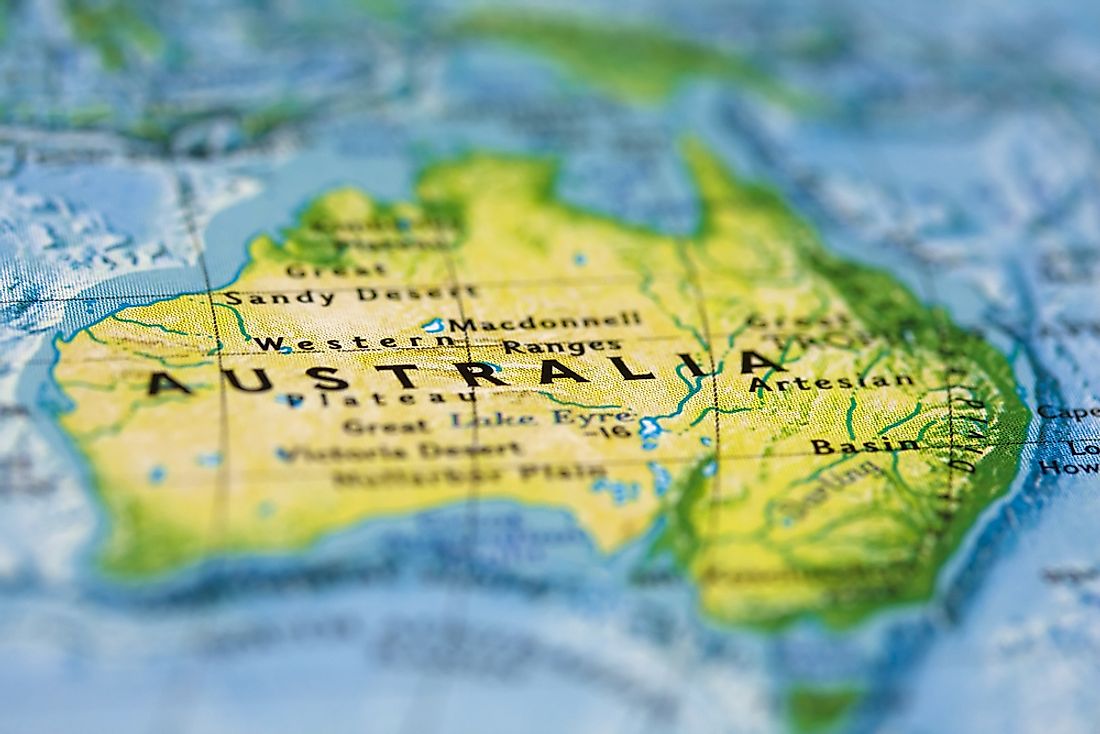What Is The Smallest Continent?

Australia is the smallest continent on earth, right behind Europe. It occupies an area of about 3,300,000 sq miles and has a population of over 39,901,000 people. Australia is the only continent in Oceania, and it is sometimes referred to as Meganesia or Australinea to help differentiate it from the Australian nation. It is on the continental shelf of Australia which includes the New Guinea Island (comprising of two Indonesian provinces and Papua New Guinea), Australia (country), and Tasmania. Oceania is the smallest continental grouping which stretches from the coasts of America to the Strait of Malacca. Oceania is made up of Australasia (Australia and New Zealand), Polynesia, Micronesia, and Melanesia.
The continent is surrounded by numerous islands which make up about 40% of its coastlines. The continental shelf connecting all the islands including the Brass Shelf and Sahul Shelf occupies an area of about 970,000 sq miles. The nation of Australia which occupies most of the continent and one landmass is at times referred to as an island continent.
Geology
Australia is the flattest, oldest, driest and lowest landmass in the world with a stable geological past. All the geological forces in the continent like tectonic uplifts took place in Australia’s early history while it was part of Gondwana. The Australian mainland is at the center of the tectonic plate and has no active volcanism. The lowest point in the continent is Lake Eyre’s dry bed which is 49 ft below sea level while the highest point is the Puncak Jaya followed by Mount Wilhelm in Papua New Guinea. The only part of the continent with active volcanic mountains is Papua New Guinea highlands since it is on the Pacific ring of fire. Papua New Guinea is prone to tsunamis and earthquakes.
Flora and Fauna
Some of the prominent features of the flora in Australia include adaptability to the aridity affecting the region. The adaptation is common in species belonging to the well-known families like Fabaceae, Myrtaceae, and Proteaceae. The New Guinea flora is a mixture of the rainforests tree species and the Australian flora. For over forty million years the New Guinea-Australia region was isolated, and during that period it experienced climatic changes with the general trend being towards aridity. When Antarctica separated from South America, the cold Antarctic Circumpolar current affected the global weather, but in Australia, it intensified the drying trend. The inland lakes and seas dried up and all the broad-leaf deciduous forest gave way to the hard-leaf sclerophyllous tree common in modern Australia.
Over 93% of the amphibians, 24% of the insects and fish, 89% of the reptiles, and 83% of the mammals in Australia are endemic to this continent. The high endemism level is caused by the continent’s geographic isolation, unusual climatic pattern, and tectonic stability. Australia is home to over 800 bird species of which 45% are endemic to this region. Some of these birds include the laughing kookaburra, crested pigeon, pied currawong, and Australian raven. The Australian national animals include the kangaroo, platypus, emu, and koala. The Tasmanian devil is also native to the continent. New Guinea has over 578 bird species of which 324 are endemic to this region.











